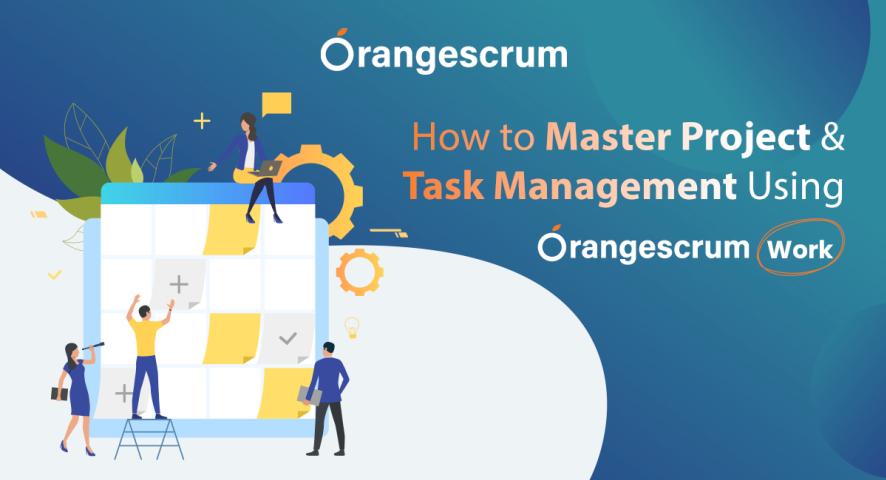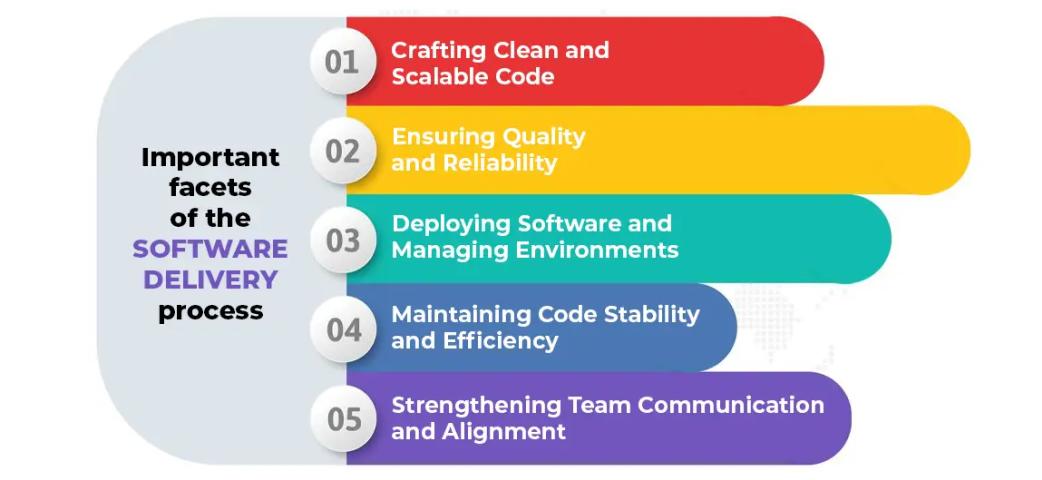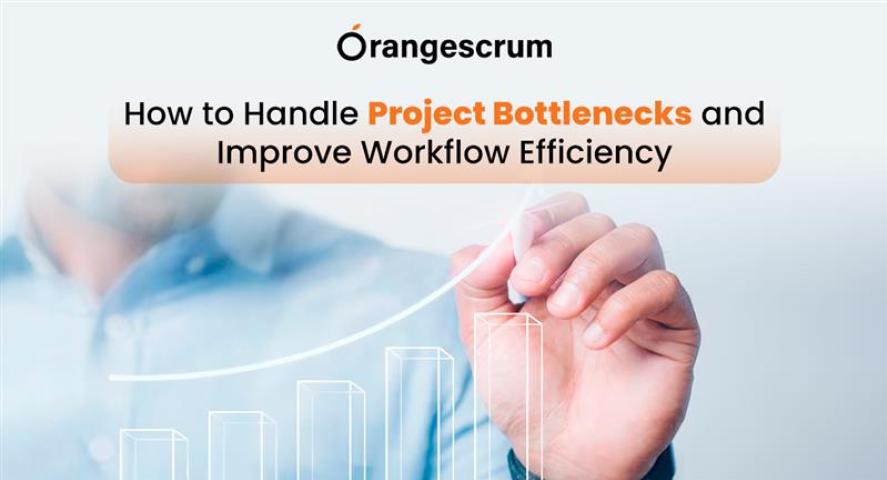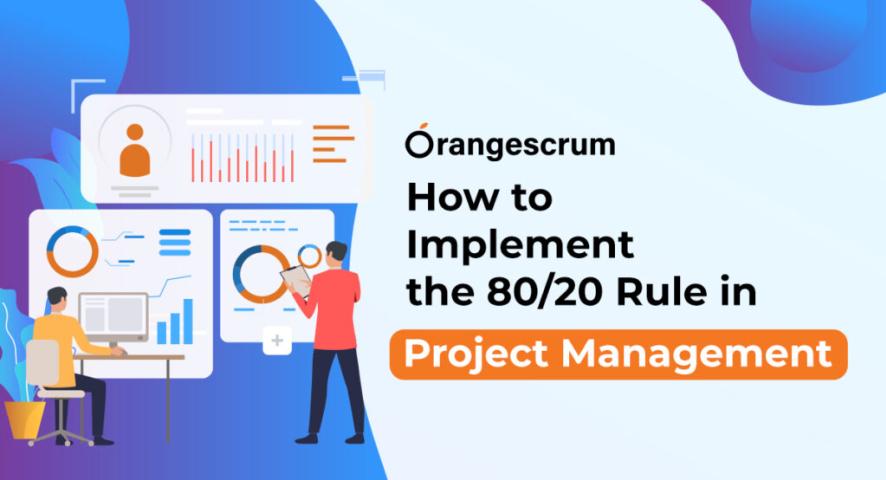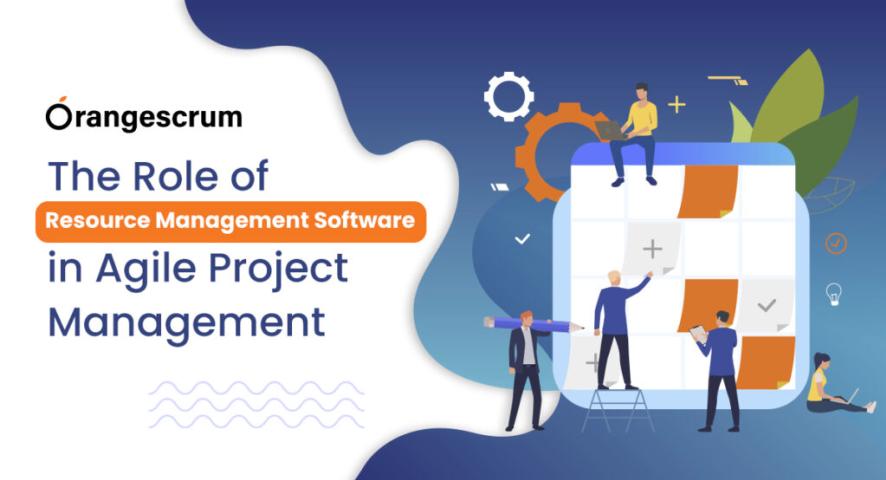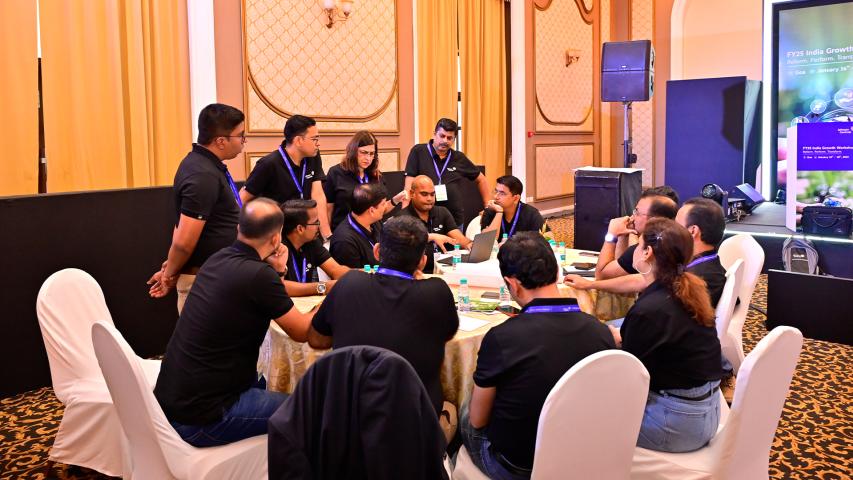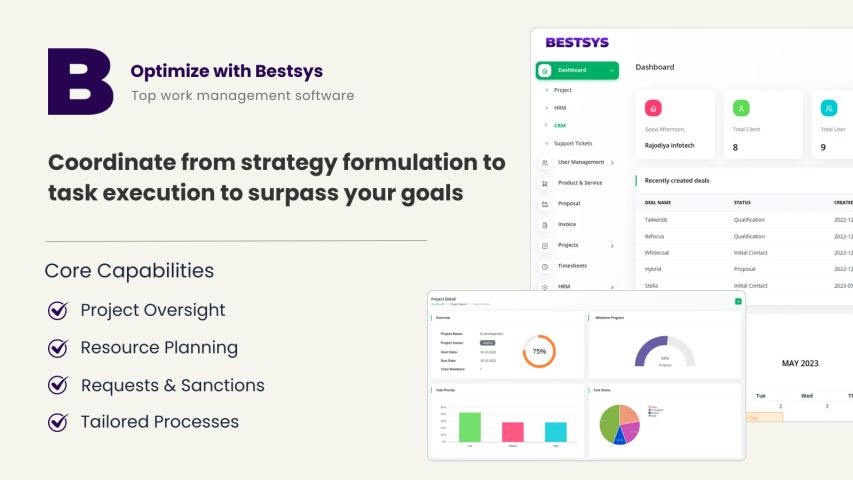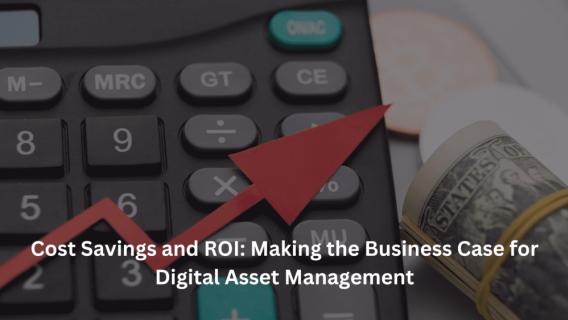Project management
software has become an essential tool for businesses of all sizes, streamlining
workflows, enhancing collaboration, and driving efficiency.
As technology evolves,
so do the expectations of users. The future of project management software is
poised for transformative changes, influenced by trends such as automation,
artificial intelligence, and remote collaboration.
This blog delves into
these trends, innovations, and how Orangescrum remains at the forefront of the
industry.
Emerging Trends in Project Management Software
1.
Increased Adoption of Artificial
Intelligence (AI)
AI is revolutionizing project
management by automating routine tasks, predicting project outcomes, and
providing data-driven insights.
Machine learning
algorithms can analyze historical project data to forecast potential risks,
enabling teams to proactively mitigate issues before they escalate.
For example, AI can
help identify which tasks are likely to fall behind schedule based on past
performance, allowing managers to allocate resources more effectively.
2.
Remote and Hybrid Work Models
The shift toward remote
and hybrid work models has accelerated the need for project management software
that facilitates collaboration regardless of location.
Teams require tools
that support real-time communication, document sharing, and task tracking.
Software that
seamlessly integrates with popular communication platforms enhances
productivity by providing a centralized hub for project information.
3.
Integration with Other Tools
As organizations use a
myriad of applications, the demand for software that integrates smoothly with
existing tools is rising.
Project management
software needs to connect with customer relationship management (CRM) systems,
time tracking tools, and financial software to create a cohesive ecosystem that
supports various business functions.
4.
Focus on User Experience (UX)
User experience is
critical for project management software success. As teams become more diverse,
software must cater to varying skill levels and preferences.
Intuitive interfaces, customizable
dashboards, and easy navigation contribute to a positive user experience,
increasing adoption and engagement among team members.
5.
Emphasis on Data Security
With the rise of cyber
threats, data security has become a top priority for organizations.
Project management software must prioritize robust security measures, including encryption, access controls, and regular security audits to protect sensitive project data from breaches.




